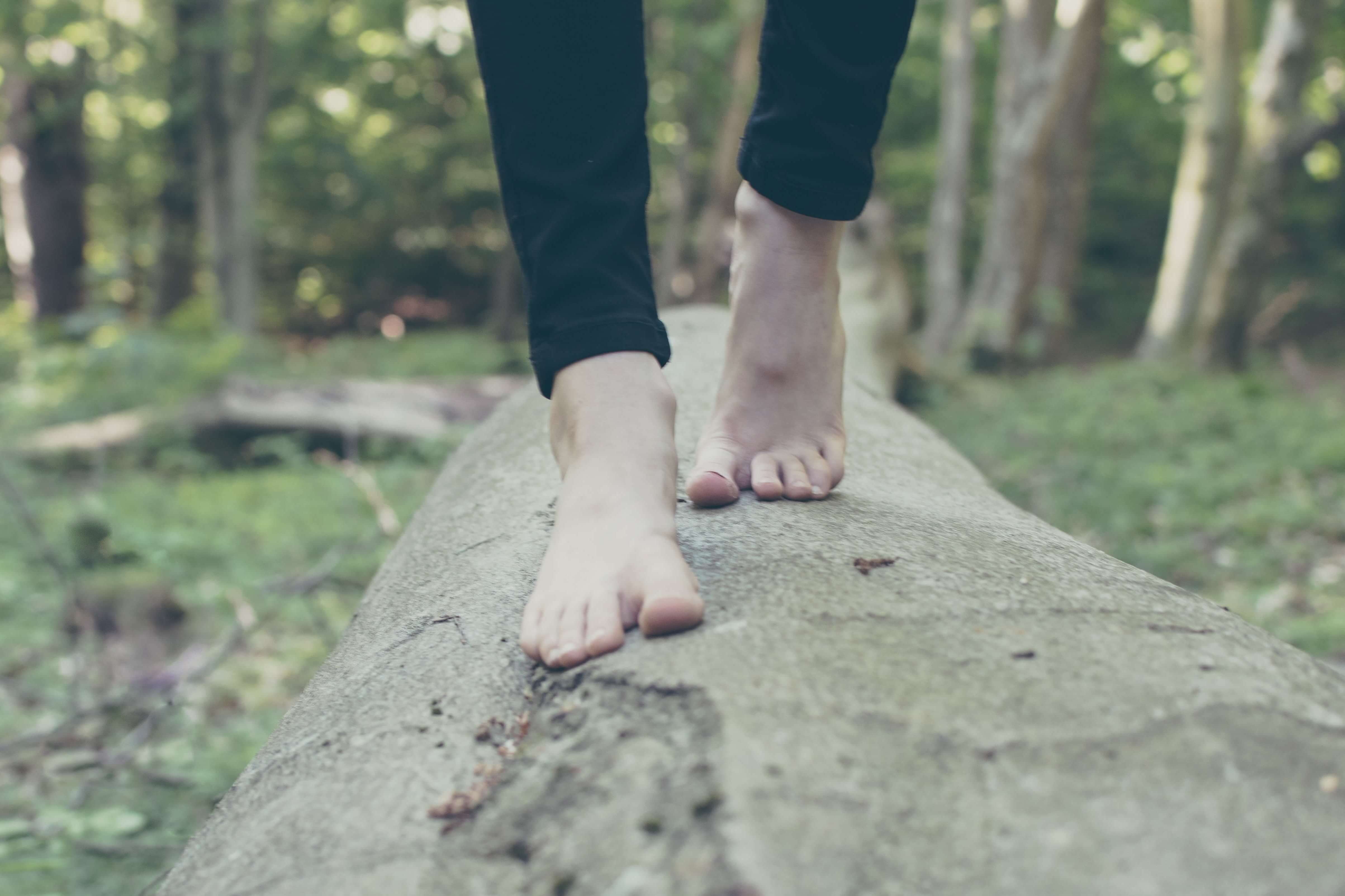

Here at The House Clinics Bristol we have started to see an increase in patients suffering from problems arising from flat feet, but is it something parents should be worried about, and when exactly should they take the next step?
Children with flat feet, also called pes planus, have a flattening of the arch during standing and walking. Flat foot is normal in infants and young children (up to 44% of three- to six- year- olds). At this age, in the absence of any associated symptoms, treatment is highly debatable.
Flat foot usually naturally corrects itself as muscles strengthen and soft tissues stiffen. The height of the arch in the foot increases with age until about 9 years. The problem is when flat foot persists, spontaneously occurs in older children or later in life, or is associated with pain and disability.
Flat feet can be flexible or rigid, painful, or painless and associated with a tightness of the calf muscles (Achilles tendon). The majority of flat feet are painless, but when pain is present it is usually during weight-bearing activities such as walking and running. The pain can be in the sole of the foot, the ankle, or non-specific pain all around the foot area.
A complex and sophisticated interaction of bones, ligaments, muscles and nerves within and above the foot defines its anatomy and function. Anything that interrupts the integrity of these structures leading to a collapsed arch can cause symptomatic flat feet.
Examination of the foot begins with an examination of the entire child, because the flat foot may have an underlying cause. Common disorders causing symptomatic flat foot include: cerebral palsy, some forms of muscular dystrophy, juvenile arthritis, inherited disorders affecting the nervous system, and some connective tissue disorders.
.png)
Treatment of flat foot is subject to great controversy. Reaching an agreement between health-care providers on how we should define and classify a flat foot is difficult. Consequently, evidence from the published research is too limited to draw definitive conclusions about treatments for children’s flat feet. A recent review of studies found limited evidence to justify non-surgical treatments for flat foot.
Flat feet require treatment only if clearly associated with pain or decreased function. Managing the underlying cause of the disease is of the highest priority; just treating the symptoms should be secondary.
If the flat foot is observed in a child who is overweight and has knock knees, or in a child with excess joint flexibility and poor footwear, each of these factors could be contributing to the symptoms, and each should be addressed.
.png)
If a child’s quality of life is affected by how their feet look, feel, or function, then the associated issues should be addressed and it is often best to seek professional advice sooner rather than later. Our resident Podiatrist Sophie is on hand to offer any advice needed so why not call us on 0117 9420200 or you can book online by visiting our online booking system.